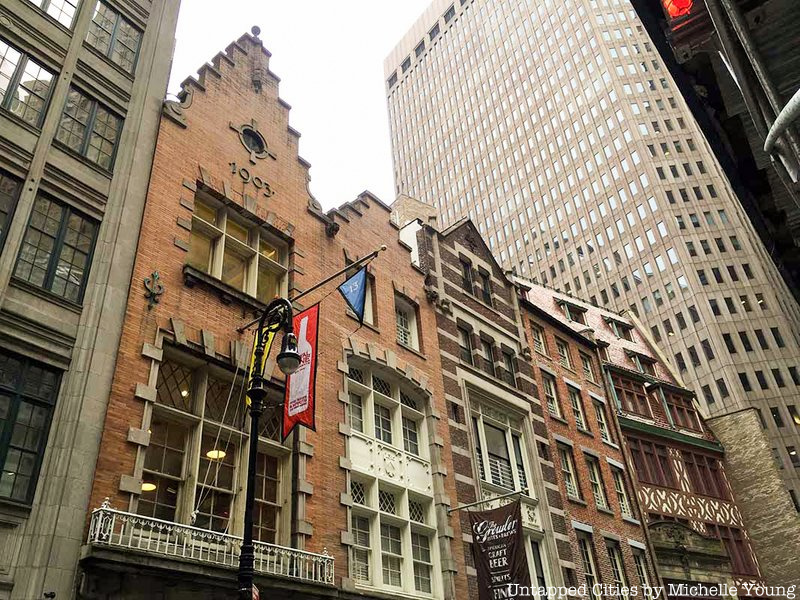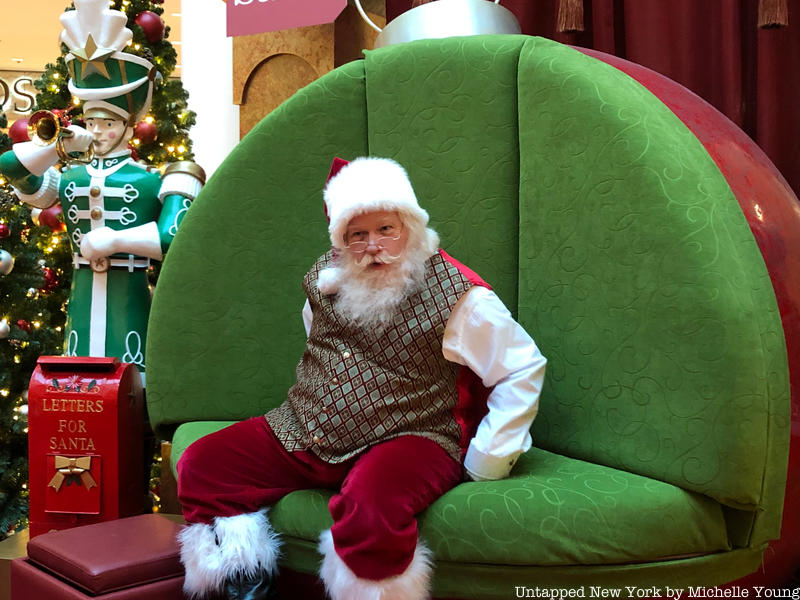
In 1609 when Henry Hudson sailed up the river that would eventually bear his name, he did so under the Dutch flag. Unlike his English brethren running to the New World for religious asylum, the Dutch company he represented was interested in one thing: to make money. Ultimately Hudson did not find the mythical trade route to Asia that he promised his benefactors, but he did find something just as valuable… beaver. The skinny jeans of seventeenth century Europe, beaver pelts where in high fashion and as a result beaver were all but extinct in Europe.
When Hudson reported that he found a wilderness teeming with them, the Dutch West India Company couldn’t contain themselves. In the 1620s, after a fairly ridiculous attempt to settle what is now Governors Island, the Dutch decided that the tip of the larger island across the harbor was a better place to set up their lucrative new trading outpost. They would call it New Amsterdam after the capital city of their homeland. With nothing but a rag tag group of Walloons, the Dutch planted the seed of New York City. Their modest settlement, less than a mile long from the battery cannons to the infamous wall, would become one of the most influential cities in world history. As Russell Shorto claims in his book, The Island at the Center of the World, “Manhattan is where America began.” By 1664, New Amsterdam would become New York and the rest is history!
The following are 10 things the Dutch introduced into American culture through its tiny island outpost on the edge of the New World.
Join Untapped New York for a tour of the Remnants of Dutch New Amsterdam guided by the first official map of the original street plan (which still in place today!). We’ll dig deep into the secrets and legacies of New York’s incredible origin story standing in the spots where the actual events occurred.
BOOK NOW
1. Santa Claus

Or the portly artist formally known as Sinterklaas. The Dutch also called him “de Kerstman” or the Christmas Man. It was thought that Sinterklaas was a mashup of the highly revered Saint Nicholas and a more mythical Father Christmas-like figure. He was so important to the Dutch that he was considered the unofficial patron Saint of New Amsterdam. It’s the very reason why there’s a St. Nicholas Avenue in Upper Manhattan.
The Dutch families who remained in New York after the English take over were continually observed by their stupefied new landlords as engaging in odd festivities around the beginning of December. On the eve of December 5th, the children of New Amsterdam would leave their shoes or stockings under their beds for St. Nick to fill with goodies.
The first written mention of the big man in the red coat (actually the Dutch said it was green) comes in 1773 in Rivington’s New York Gazetteer. It wasn’t until Washington Irving’s satire of New York’s Dutch heritage, The History of New York, that audiences see the Americanized designation of “Santa Claus” first appear. Let’s not forget that the famous Virginia O’Hanlon, herself, was a little girl from the Upper West Side writing into The New York Sun in 1897. She asked:
Dear Editor—
I am 8 years old. Some of my little friends say there is no Santa Claus. Papa says, “If you see it in The Sun, it’s so.” Please tell me the truth, is there a Santa Claus?
Virginia O’Hanlon
115 West Ninety Fifth Street
Yes, Virginia, Santa Claus is a New Yorker and he came over with the Dutch.





